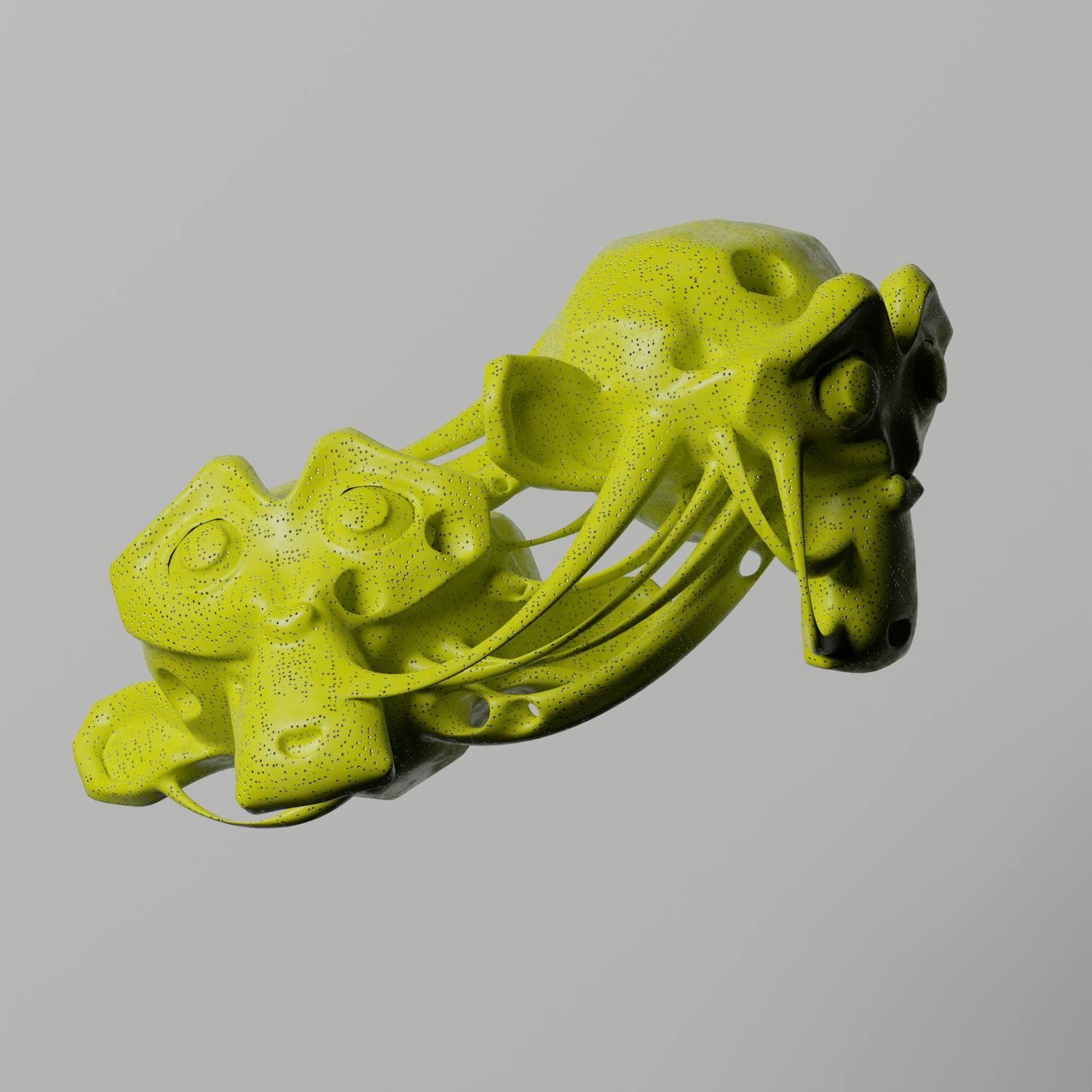French ‘Post-Impressionist’ painter Emile Henri Bernard or Emile Bernard (April 28, 1868 -April 16, 1941) was a close friend of the leading names of those times – Vincent Van Gogh, Paul Cezanne, and Paul Gauguin. Emile was the pioneer of an innovative style of painting, known as ‘Cloisonnism.’ Flattened structures with bold color schemes and dark outlines, characterized this style. The colors used here were more uniform than the ones used in ‘Post-Impressionism.’ Basically, the graded tones of colors were not used. Bernard’s body of work carried a marked influence of Paul Cezanne’s style, manifested mainly through his preference for geometrical designs and patterns. Among the two of his most famous paintings is “La Grandmere (The Grandmother).”
Emile’s grandmother, Mme Bodin-Lallement, was a very successful businessperson and one of the most important people in his life. Since his early age, she reared him up, as his parents were not able to devote time for the same. She recognized Bernard’s talent in arts and encouraged him to pursue his interest, along with guiding him through his temperamental excesses. This left an indelible impression of his grandmother on his mind and out of her love; Bernard created “La Grandmere (The Grandmother)” in 1887, while he was in Pont-Aven.
“La Grandmere” is a large 53 cm X 64 cm oil paint on canvas piece. Currently, it is placed at the Van Gogh Museum in Amsterdam. “The Grandmother” is Bernard’s classic ‘Cloisonnist’ piece, marked by its unique signature style. The painting features Emile’s grandmother, seated somewhat sideways, with her left side towards the viewer and her right side slightly visible. One of the striking features of this piece is the depiction of her facial wrinkles through black lines, as are the contours of her ears and eyes. The grandmother is dressed in black cloak and is wearing a black scarf, covering most of her head. The source of light is towards the left side of the frame, illuminating half of her face and her white chair.
“La Grandmere (The Grandmother)” is a simple portrait, not reflective of any particular mood or underlying theme. The frontal wooden object on the left side and the red & white flowery pattern of the curtains in the backdrop are remarkable in their own right. Van Gogh’s association helped Emile Bernard appreciate Japanese printing pattern, aptly incorporated in the design of the curtains. Apart from its wider popularity, “La Grandmere” became a favorite piece of his collection and inspired him to paint ‘Old woman of Arles,’ another masterpiece of its time.





